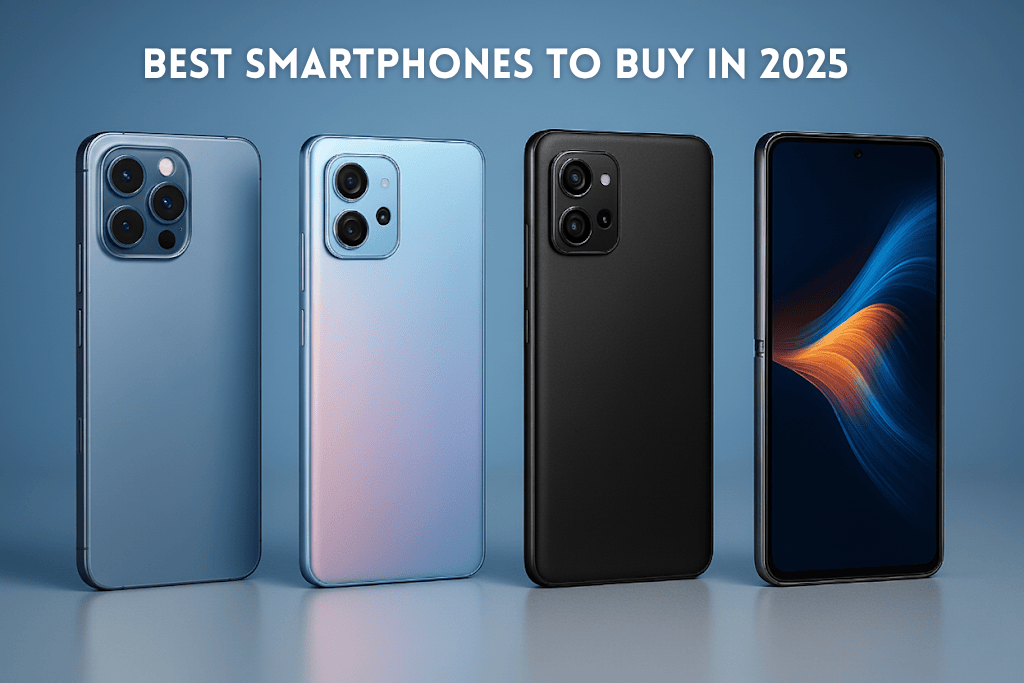Choosing the right smartphone in 2025 is no longer just about picking a device with a good camera or a fast processor. It’s about finding a phone that fits your lifestyle in an era. Where technology is advancing faster than ever. With artificial intelligence becoming a core part of mobile operating systems, foldable designs moving into the mainstream. And camera systems rivaling professional gear, the smartphone market in 2025 looks more exciting than ever before.
From blazing-fast 5G and early 6G connectivity to eco-friendly designs and smarter software updates. Today’s smartphones are built to do far more than just make calls or browse the internet. Whether you’re searching for a flagship device with cutting edge features. A foldable phone that doubles as a mini-tablet. A budget smartphone with unbeatable value, or a gaming powerhouse designed for performance, there’s a perfect option waiting for you this year.
In this guide, we’ll explore the best smartphones to buy in 2025 across different categories .Helping you decide which device truly matches your needs and budget.
What to Look for in a 2025 Smartphone?
When buying a new smartphone in 2025, here are the key features to keep in mind:
| 1. Performance & AI Processors |
| 2. Camera Quality |
| 3. Battery & Charging |
| 4. Display & Design |
| 5. Connectivity |
| 6. Software & Updates |
Best Flagship Smartphones of 2025
1. iPhone 17 Pro (Apple Ecosystem + A19 Pro Chip)
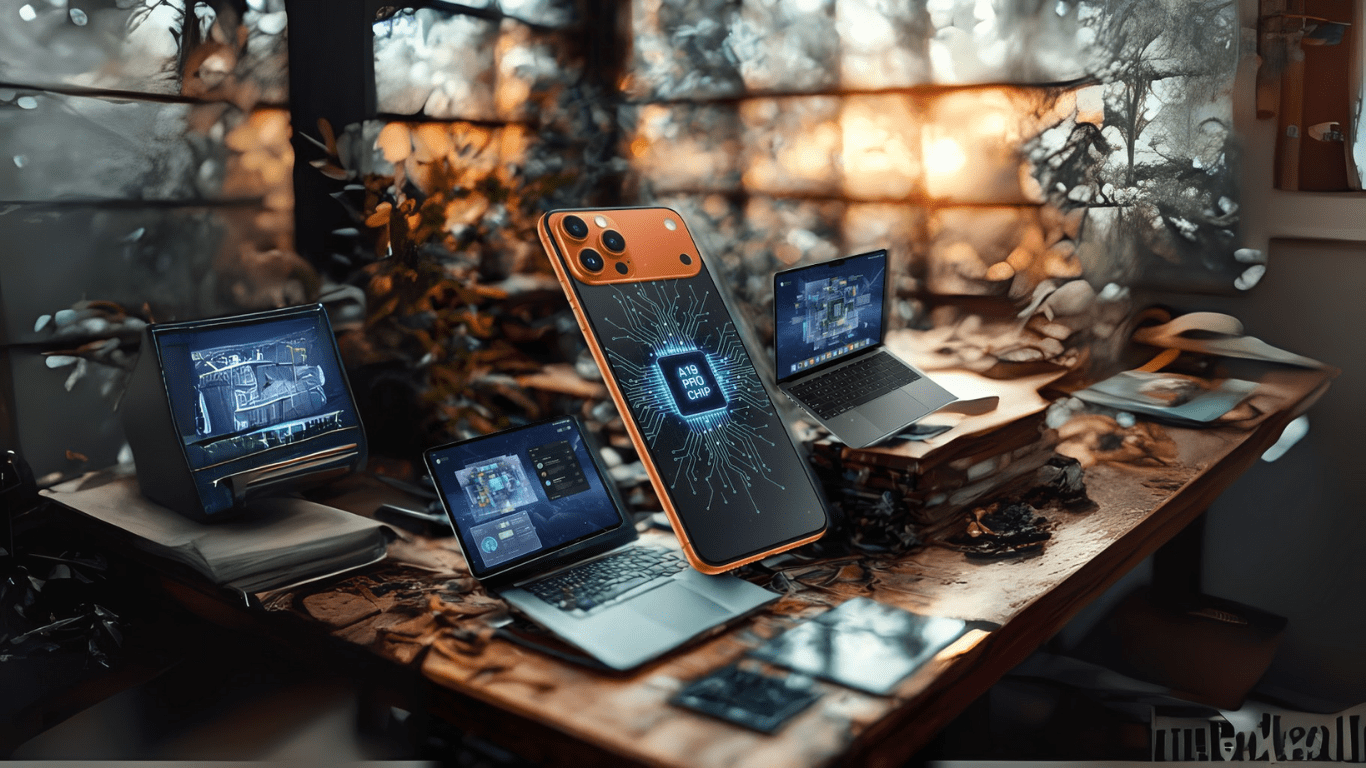
| ✅ Pros of iPhone 17 Pro | ❌ Cons of iPhone 17 Pro |
|---|---|
| ✔️ A19 Pro chip offers top-tier AI performance and graphics power. | ❌ Very expensive compared to other premium smartphones in 2025. |
| ✔️ Professional-grade triple camera system with telephoto zoom and better low-light capabilities. | ❌ Still no periscope zoom on the standard Pro (exclusive to Pro Max). |
| ✔️ Titanium frame adds durability while keeping the device lightweight. | ❌ Limited storage options compared to Android flagships. |
| ✔️ Gorgeous 120Hz ProMotion display with Always-On mode. | ❌ Charging is fast but still behind ultra-fast Android charging speeds. |
| ✔️ Fast charging with 40W wired and Qi2 wireless support. | |
| ✔️ Guaranteed long-term iOS updates for years of reliability. |
Overall, the iPhone 17 Pro is ideal for power users, creators, and professionals who want cutting-edge performance, world-class cameras, and Apple’s unmatched software ecosystem. While the price is high, it delivers an experience that justifies the investment.
The iPhone 17 Pro takes Apple’s flagship experience to the next level in 2025. Equipped with the more powerful A19 Pro chip, this device is built for users who demand elite performance, advanced photography, and long-term reliability. It runs on iOS 19, offering seamless Apple ecosystem connectivity with unmatched security and software support.
🔍 Visual Overview
Crafted from titanium, the iPhone 17 Pro has a premium and durable build that feels lighter yet stronger in hand. The 6.3-inch Super Retina XDR OLED display with ProMotion 120Hz and Always-On technology ensures smooth visuals for gaming, browsing, and video editing. On the back, a triple-lens camera system with a 48MP main sensor, telephoto zoom, and ultra-wide lens delivers one of the best mobile photography experiences in 2025.
2. Samsung Galaxy S25 Ultra (S Pen, zoom cameras, performance)
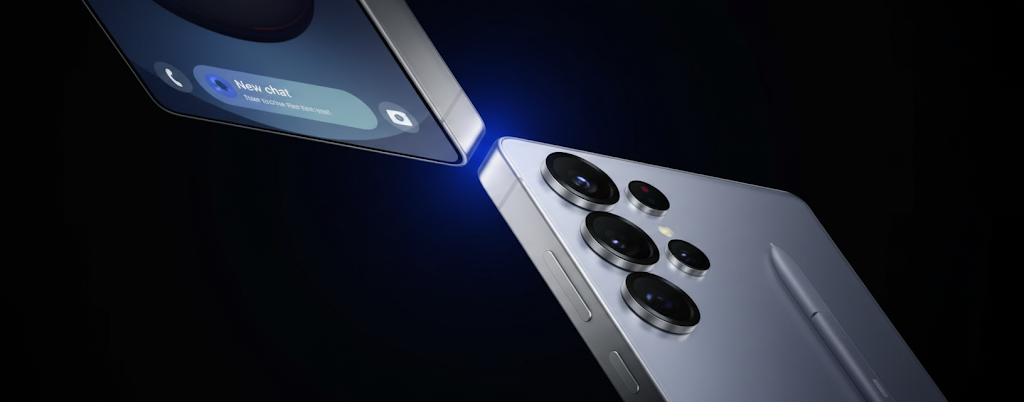
| ✅ Pros | ❌ Cons |
|---|---|
| ✔️ Stunning AMOLED display with 144Hz refresh rate. | ❌ Premium price, not budget-friendly. |
| ✔️ Best-in-class zoom cameras for photography enthusiasts. | ❌ Slightly bulky due to large screen and battery. |
| ✔️ Built-in S Pen for productivity and creativity. | ❌ Some features may vary between Snapdragon & Exynos versions. |
| ✔️ Huge battery with fast charging + wireless charging. | |
| ✔️ Optimized for gaming and multitasking with Snapdragon 8 Gen 4. |
Samsung continues to push the boundaries of innovation with the Galaxy S25 Ultra, making it one of the best flagship smartphones of 2025. Designed for power users, creators, and professionals, this device combines performance, productivity, and photography into one sleek package.
The S25 Ultra comes with a 6.9-inch Dynamic AMOLED 2X display that supports a buttery-smooth 144Hz refresh rate and HDR10+ for stunning visuals. Its quad-camera system, led by a 200MP primary sensor, delivers unmatched photography with incredible zoom capabilities, making it a dream phone for mobile photographers.
Under the hood, it is powered by the Snapdragon 8 Gen 4 (or Exynos 2500, depending on region) paired with up to 16GB RAM, ensuring ultra-fast performance and efficiency. The S Pen remains a defining feature, allowing professionals to take notes, edit photos, and boost productivity on the go. With a massive 5,500 mAh battery, 65W fast charging, and wireless charging. The Galaxy S25 Ultra is built to last all day.If you’re looking for a premium Android flagship in 2025, this phone sets the benchmark with its balance of camera innovation, AI integration, gaming performance, and productivity tools.
📊 Samsung Galaxy S25 Ultra At a Glance
| Feature | Details |
|---|---|
| Brand & Model | Samsung Galaxy S25 Ultra |
| Key Highlights | Built-in S Pen, advanced zoom cameras, Snapdragon 8 Gen 4, 5G/6G-ready |
| Display | 6.9-inch Dynamic AMOLED 2X, 144Hz refresh rate, HDR10+ |
| Camera Setup | Quad Camera (200MP main, periscope zoom, ultra-wide, telephoto) |
| Performance | Snapdragon 8 Gen 4 / Exynos 2500, up to 16GB RAM |
| Storage Options | 256GB / 512GB / 1TB |
| Battery | 5,500 mAh with 65W fast charging & wireless charging |
| OS | Android 15 with One UI 7 |
| Unique Feature | S Pen productivity tools + AI photo editing |
| Price Range (Expected) | $1,299 – $1,499 |
Google Pixel 10 Pro (AI features, best camera experience)
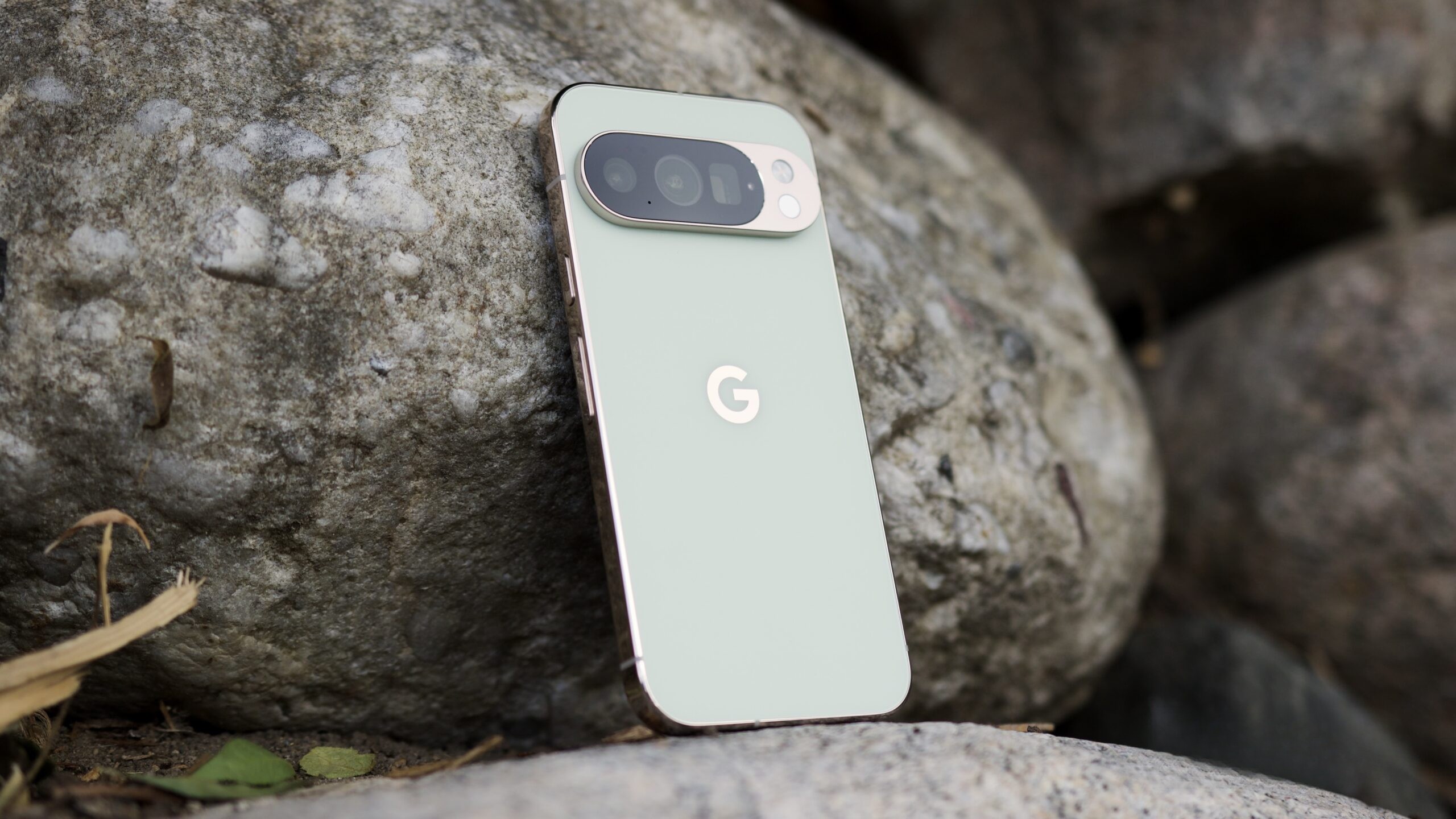
| ✅ Pros | ❌ Cons |
|---|---|
| ✔️ Unmatched camera quality with AI-powered enhancements. | ❌ Not as versatile in gaming as Snapdragon flagships. |
| ✔️ Clean, bloat-free stock Android 15 experience. | ❌ Slower charging speeds compared to competitors. |
| ✔️ Future-proof with 8 years of updates. | ❌ Premium pricing with fewer storage options than rivals. |
| ✔️ Smart AI features improve daily usability. | |
| ✔️ Excellent display with 120Hz refresh rate. |
The Google Pixel 10 Pro takes smartphone AI and photography to the next level in 2025. Known for its clean Android experience and unmatched computational photography, Google’s flagship continues to set the standard for smart, AI-powered smartphones. If you’re looking for a phone that’s as intuitive as it is powerful, the Pixel 10 Pro is one of the top choices this year.
🌟 Standout Features
- AI Integration Everywhere – Powered by the Google Tensor G4 chip, the Pixel 10 Pro introduces even smarter AI photo editing, live translation, and personalized recommendations.
- Best-in-Class Cameras – With a 200MP main sensor, ultra-wide, and advanced telephoto lens, it delivers crystal-clear shots, stunning night photography, and realistic AI photo enhancements.
- Brilliant Display – A 6.7-inch LTPO AMOLED with 120Hz refresh rate ensures smooth visuals whether gaming, streaming, or browsing.
- Battery + Software Support – A 5,100 mAh battery with fast + wireless charging and 8 years of software updates makes it future-proof.
📊 Google Pixel 10 Pro At a Glance
| Feature | Details |
|---|---|
| Brand & Model | Google Pixel 10 Pro |
| Key Highlights | AI-powered features, industry-leading cameras, clean Android |
| Display | 6.7-inch LTPO AMOLED, 120Hz refresh rate |
| Camera Setup | Triple Camera (200MP main, ultra-wide, advanced telephoto) |
| Performance | Google Tensor G4 chipset, up to 12GB RAM |
| Storage Options | 256GB / 512GB |
| Battery | 5,100 mAh with fast + wireless charging |
| OS | Android 15 (stock) with 8 years of updates |
| Unique Feature | AI photo editing, live translation, real-time transcription |
| Price Range (Expected) | $1,099 – $1,199 |
💡 Why It’s Worth Buying
The Pixel 10 Pro is ideal for users who want a powerful AI-driven smartphone with an effortless user interface and the best smartphone camera experience in 2025. Whether you’re a content creator, traveler, or someone who simply loves capturing life in detail, this device stands out with its AI-first approach and long-term updates.
3. Best Foldable Smartphones in 2025
Foldable smartphones have moved beyond being futuristic gadgets — in 2025, they are more reliable, durable, and practical than ever before. With stronger hinge designs, improved displays, and AI-driven multitasking, foldables have become a top choice for tech lovers who want a premium experience. Let’s explore the best foldable phones to buy in 2025.
🔹 Samsung Galaxy Z Fold 7 / Flip 7
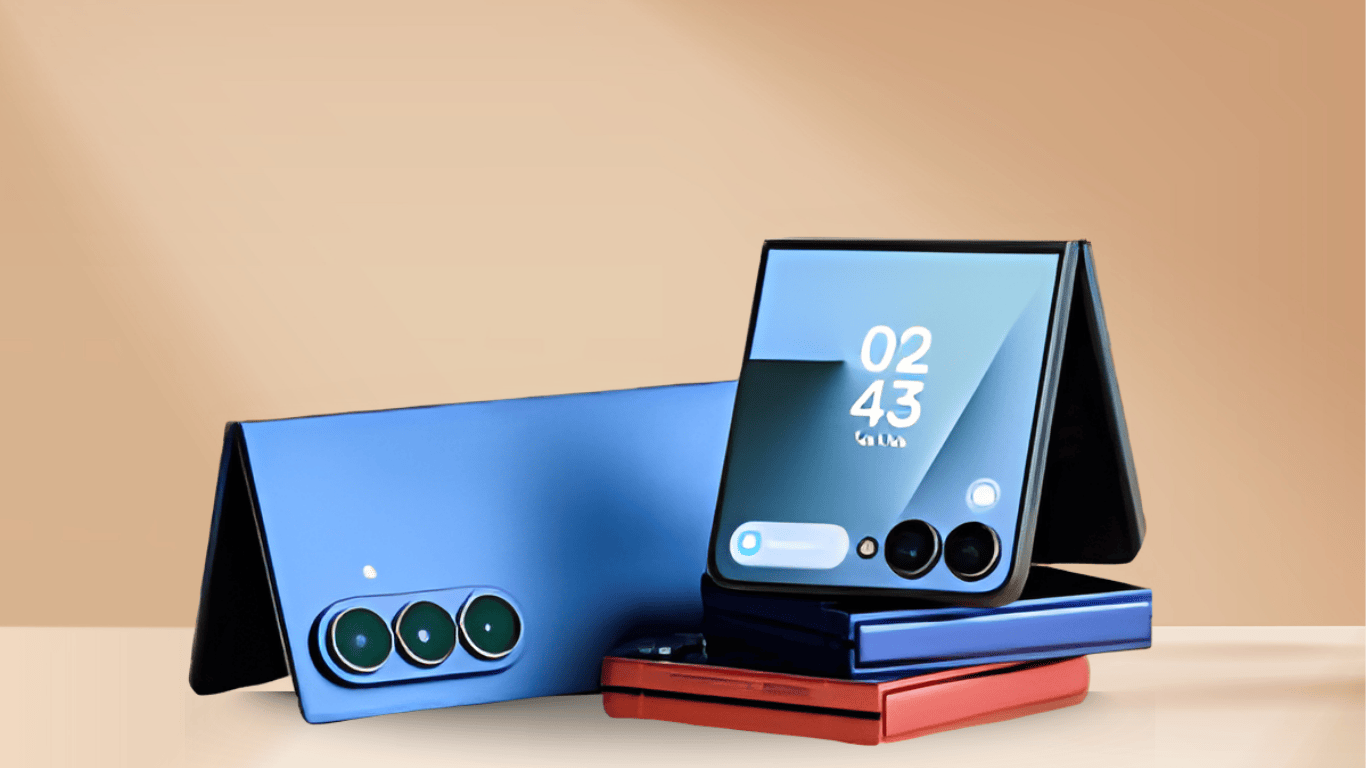
| ✅ Pros | ❌ Cons |
|---|---|
| ✔️ Ultra-slim, lighter build than previous Fold models, making it much more manageable in hand and pocket. | ❌ Very high price; this is one of the most expensive foldables on the market. |
| ✔️ Stunning displays — large inner foldable screen plus a more usable cover display, both with smooth refresh rates, excellent for multitasking. | ❌ Charging speeds are modest (25W wired, 15W wireless), behind what many non-foldable flagships offer. |
| ✔️ Long-term software support and polished software experience with Galaxy AI features and refined multitasking UI. | ❌ Battery could struggle under heavy use because of the large dual displays, especially with multitasking or on the main inner foldable screen. |
Samsung continues to lead the foldable market with its Z Fold 7 and Z Flip 7. The Z Fold 7 transforms into a mini-tablet with a larger inner display, making it perfect for multitasking, productivity, and immersive entertainment. The Z Flip 7, on the other hand, offers a compact clamshell design with improved durability and bigger cover screen usability.
Standout Features:
- Dynamic AMOLED 2X displays with 120Hz refresh rate.
- Stronger hinge with water and dust resistance.
- Snapdragon 8 Gen 4 chip with up to 16GB RAM.
- Fold-specific multitasking features powered by One UI 7 + AI tools.
📊 Galaxy Z Fold 7 / Flip 7 At a Glance
| Feature | Details |
|---|---|
| Models | Samsung Galaxy Z Fold 7 / Z Flip 7 |
| Display | Fold 7: 7.9-inch inner + 6.3-inch outer / Flip 7: 6.8-inch foldable + 3.5-inch cover display |
| Performance | Snapdragon 8 Gen 4, up to 16GB RAM |
| Cameras | Fold 7: Triple camera with periscope zoom / Flip 7: Dual cameras with AI enhancements |
| Battery | Fold 7: 5,200 mAh / Flip 7: 4,200 mAh |
| Price Range (Expected) | Fold 7: $1,799 / Flip 7: $1,099 |
Why Worth Buying: Samsung’s foldables are the most refined and widely supported in 2025, making them the safest bet for anyone entering the foldable world.
🔹 OnePlus Open 2
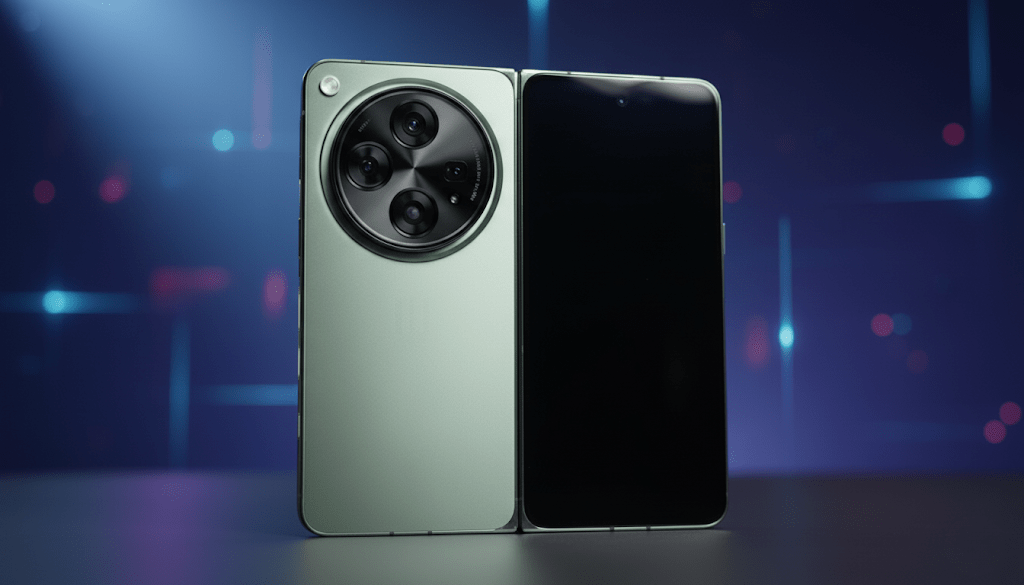
The OnePlus Open 2 brings a refined design and a focus on performance to the foldable segment. Known for its smooth OxygenOS software and fast charging, OnePlus has improved durability and introduced a lighter, slimmer body compared to its predecessor.
| ✅ Pros | ❌ Cons |
|---|---|
| Slim, lightweight design | Limited software optimization compared to Samsung |
| Hasselblad cameras | No wireless charging |
| Fastest charging in a foldable |
Standout Features:
- Slimmest foldable with lightweight design.
- Snapdragon 8 Gen 4 + up to 16GB RAM.
- Hasselblad-powered triple camera system.
- Super-fast 100W charging for all-day battery life.
📊 OnePlus Open 2 At a Glance
| Feature | Details |
|---|---|
| Model | OnePlus Open 2 |
| Display | 7.8-inch inner AMOLED + 6.4-inch cover AMOLED, 120Hz |
| Performance | Snapdragon 8 Gen 4, up to 16GB RAM |
| Cameras | Triple cameras with Hasselblad tuning |
| Battery | 4,800 mAh with 100W wired charging |
| Price Range (Expected) | $1,499 – $1,599 |
Why Worth Buying: If you want a foldable that feels as smooth as a traditional flagship while offering fast charging and optimized software, the Open 2 is an excellent choice.
🔹 Honor Magic V3
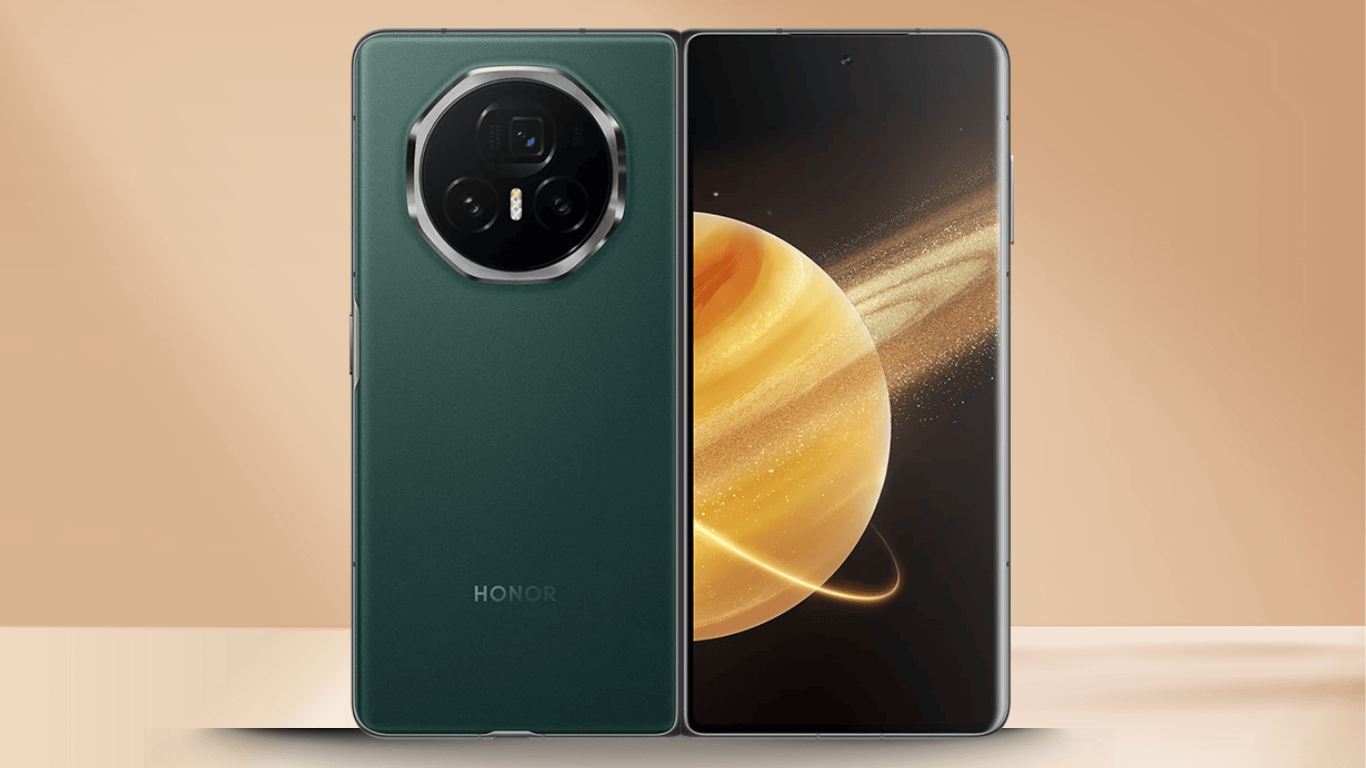
Honor has carved its place in the foldable market with the Magic V3, focusing on affordability without sacrificing features. Known for its ultra-slim design, this foldable offers a balanced experience with strong performance and a large immersive display.
| ✅ Pros | ❌ Cons |
|---|---|
| Affordable pricing for a foldable | Not as powerful as Snapdragon 8 Gen 4 rivals |
| Slim and lightweight build | Fewer global software updates |
| Strong display quality |
Standout Features:
- One of the thinnest foldables of 2025.
- Immersive OLED 7.9-inch inner display.
- Snapdragon 8 Gen 3+ with up to 12GB RAM.
- Strong camera system with AI-powered enhancements.
📊 Honor Magic V3 At a Glance
| Feature | Details |
|---|---|
| Model | Honor Magic V3 |
| Display | 7.9-inch OLED foldable + 6.5-inch outer AMOLED |
| Performance | Snapdragon 8 Gen 3+, up to 12GB RAM |
| Cameras | Triple cameras with AI optimization |
| Battery | 4,900 mAh with 66W charging |
| Price Range (Expected) | $1,199 – $1,299 |
Why Worth Buying: For buyers who want a foldable experience without breaking the bank, the Honor Magic V3 delivers premium quality at a more accessible price.
4. Best Value-for-Money Smartphones in 2025
These phones deliver nearly flagship-level features — excellent displays, strong cameras, fast processors, long battery life without the ultra-premium price tag. If you want bang for your buck, these are solid picks.
🔹 OnePlus 13 / 13 Pro
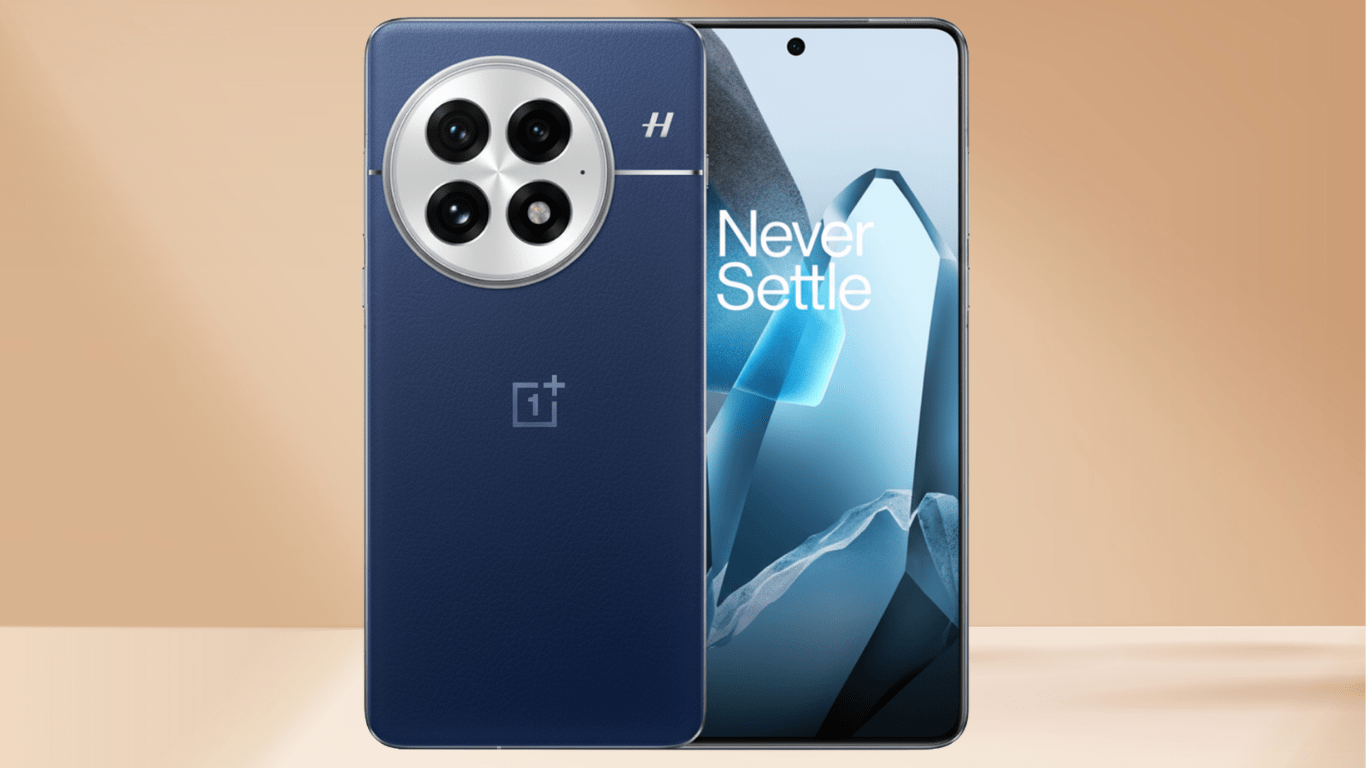
OnePlus 13 and 13 Pro offer many of the high-end features people expect in 2025, but priced more affordably relative to the flagship tier. They strike a balance between performance, battery, and display quality.
Standout Features:
- Snapdragon 8 Elite chipset for strong CPU / GPU performance.
- 6.82-inch QHD+ LTPO display with dynamic refresh rate (1-120 Hz) and high brightness peaks.
- Massive 6,000 mAh battery with 100W wired + 50W wireless charging for fast top-ups.
- Generous RAM & storage options, up to 24 GB RAM, 1 TB storage.
✅ Pros
✔️ Flagship performance with Snapdragon 8 Elite chip, smooth for gaming and multitasking.
✔️ Excellent battery life, lasting longer than many competitors.
✔️ Fast charging support (wired + wireless).
✔️ Premium build quality with IP68/IP69 durability rating.
✔️ Bright, vibrant high-refresh-rate display for multimedia.
❌ Cons
❌ Camera output can sometimes appear oversaturated or over-processed in low light.
❌ Software update support is shorter compared to Samsung and Google.
❌ Large size and weight make it less pocket-friendly.
❌ Charger may not be included in the box in some regions.
❌ Telephoto performance and peak display brightness are not best in class.
Why It’s Worth Buying:
If you want a mid-range flagship that doesn’t cut corners, the OnePlus 13 / 13 Pro gives you most of the premium features — display, power, battery — at a significantly lower cost than ultra-flagships. Good for gamers, heavy users, and anyone who values speed & smoothness without paying flagship taxes.
🔹 Xiaomi 15 Pro
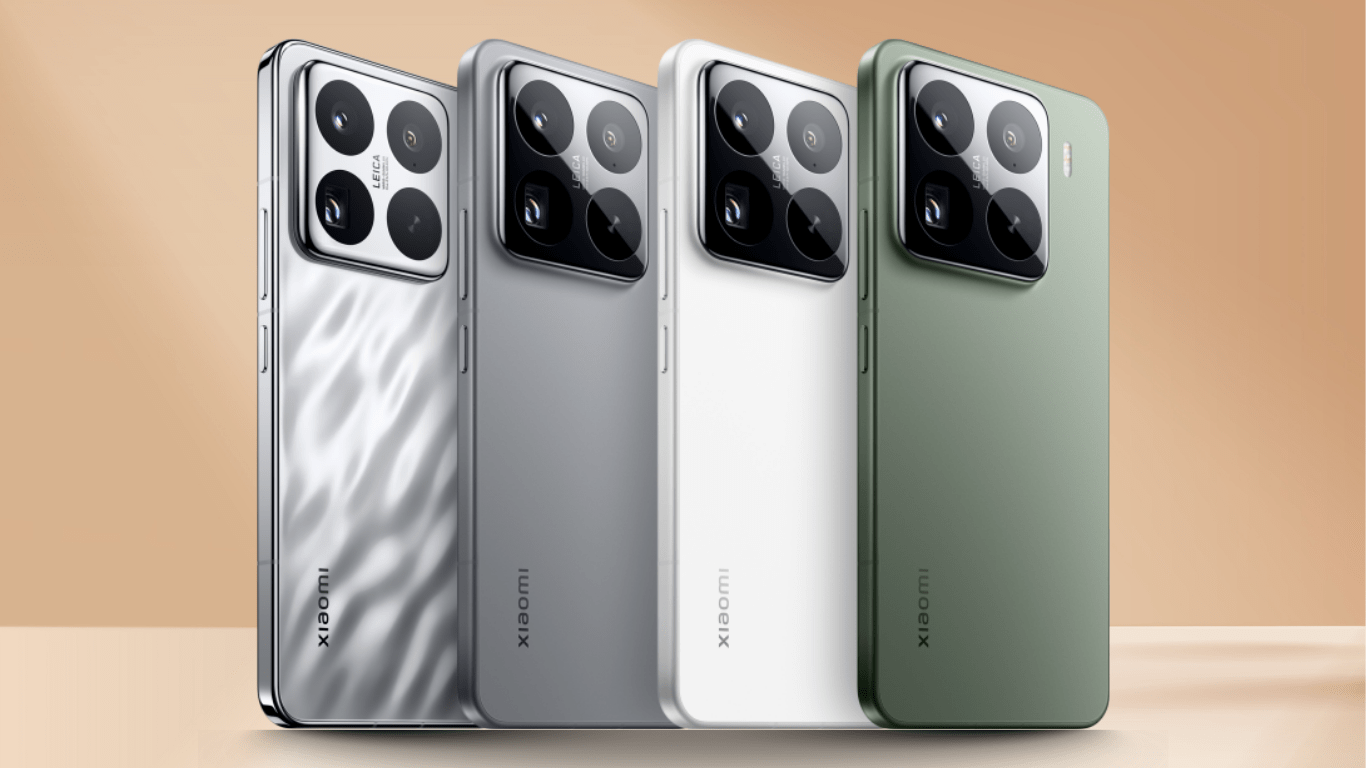
Xiaomi 15 Pro is another excellent value-for-money phone in 2025, focusing on a top-tier camera setup, long battery life, and premium build & display features. It’s one of the best options for camera enthusiasts who also want solid all-round performance.
Standout Features:
- Triple 50 MP camera system: wide, periscope telephoto (5× zoom), and ultra-wide.
- Large 6.73-inch LTPO AMOLED screen, 120Hz refresh, high resolution (2K), very bright.
- Huge 6,100 mAh battery; strong fast charging + wireless charging support.
- Snapdragon 8 Elite chipset, up to 16GB RAM, high-end storage.
✅ Pros
✅ Slim, lightweight, and premium design
✅ Powerful Snapdragon 8 Gen 4 processor
✅ Stunning LTPO AMOLED display with high refresh rate
✅ Leica-powered versatile camera setup with periscope zoom
✅ Large battery with super-fast wired & wireless charging
✅ More affordable than most flagship rivals
❌ Cons
❌ HyperOS/MIUI can feel bloated for some users
❌ Fewer and shorter global software updates compared to Samsung/Google
❌ No guaranteed IP68 water resistance across all models
❌ Limited global availability in some regions
❌ Can heat up under long gaming sessions
Why It’s Worth Buying:
For users who care particularly about camera performance (for photography or video), Xiaomi 15 Pro gives a premium imaging experience. Also the mix of performance, battery, and display quality makes it one of the best value phones for those who want near-flagship specs but don’t want maximum price.
🔹Realme GT 7 Pro
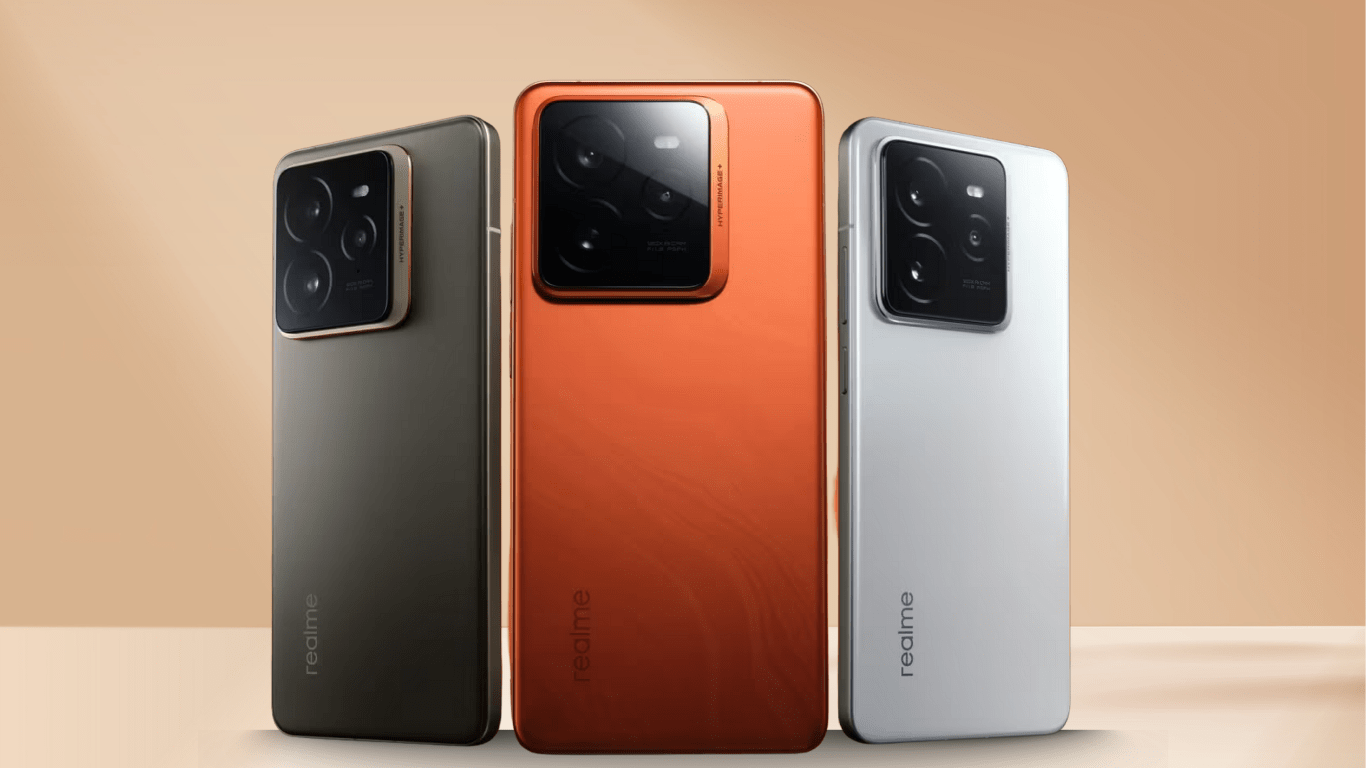
Realme GT 7 Pro aims at being a “flagship killer” offering many high-end features (display, cameras, charging speed) with a significantly more modest price. It’s ideal for users who want strong performance and fast charging.
Standout Features:
- 6.78-inch 2K curved / LTPO display with high peak brightness and fast refresh rate (120Hz), plus fast touch sampling.
- Dual 50MP rear cameras (wide + periscope telephoto) plus another ultra-wide; optics include OIS.
- 6,500 mAh battery (global model), 120W SUPERVOOC wired charging.
- Snapdragon 8 Elite SoC, large RAM / storage options.
✅ Pros
✔️ IP68/IP69 water & dust resistance
✔️ Very bright 120Hz LTPO AMOLED display (high peak brightness)
✔️ Top-tier performance with Snapdragon 8 Elite chip
✔️ Solid camera setup (50MP main + 50MP telephoto 3x + ultrawide)
✔️ Big 6,500mAh battery with fast 120W wired charging
✔️ Android 15 out of the box with Realme UI features
✔️ Stereo speakers and robust build quality
❌ Cons
❌ Ultra-wide camera is weaker compared to main sensors
❌ No wireless charging
❌ Heavy (around 220+ grams), less pocket-friendly
❌ Large phones like this may heat up under gaming or heavy use
❌ Limited software update guarantee (shorter duration compared to some rivals)
Why It’s Worth Buying:
If you want maximum value, the Realme GT 7 Pro gives you a package that handles heavy use, gaming, photo work, and long battery life without hauling flagship prices. Great pick for performance lovers, fast chargers, and users who want big battery plus good cameras.
5. Best Gaming Smartphones in 2025
These are the top gaming-phones in 2025, built for those who demand high frame rates, efficient cooling, precise controls, and accessories that enhance play.
🔹 ASUS ROG Phone 9
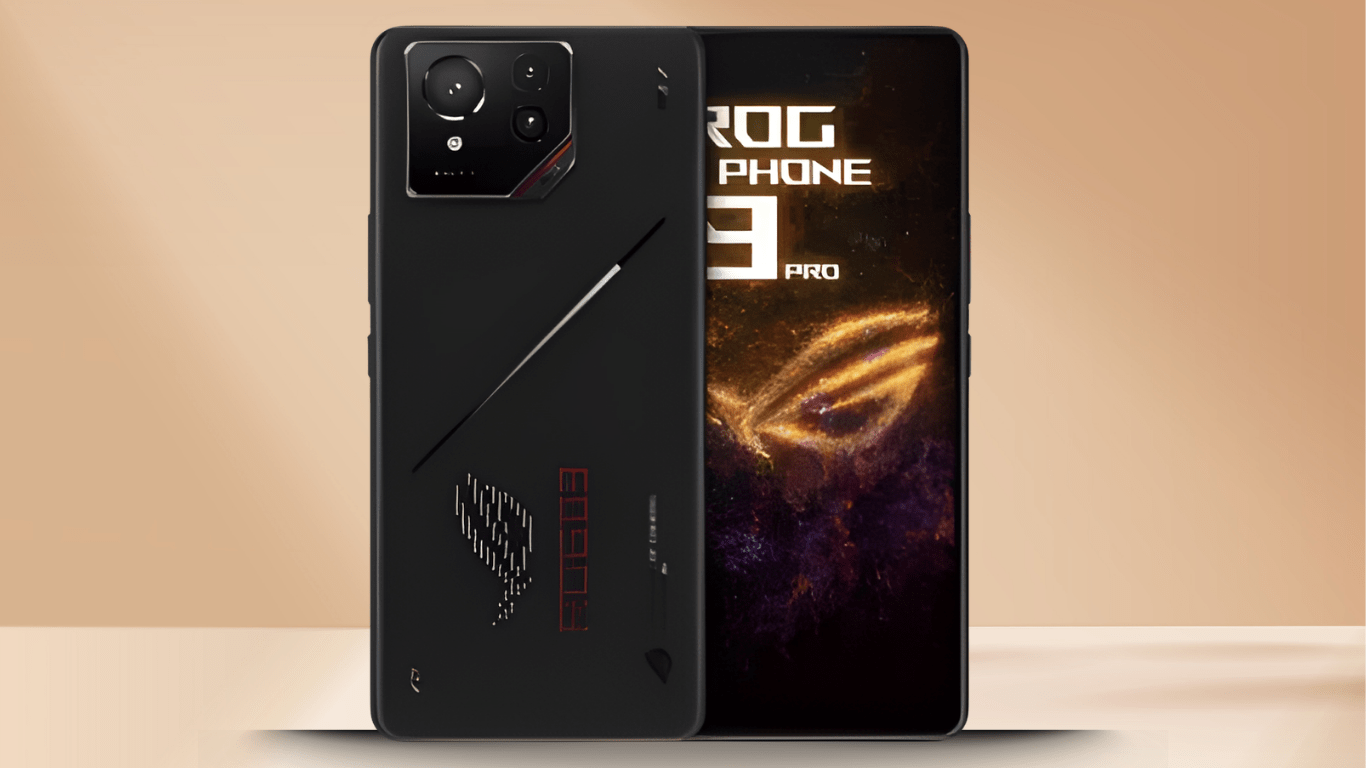
The ROG Phone 9 is ASUS’s 2025 flagship aimed squarely at gamers, combining powerhouse hardware with dedicated cooling solutions and gamer-centric features.
Standout Features:
- Snapdragon 8 Elite chip for top-tier performance.
- 6.78-inch Flexible AMOLED display with LTPO tech, supports dynamic refresh rate up to 185Hz (via Game Genie), also boasts high touch sampling rate.
- Massive 5800mAh battery with fast wired (65W) and some wireless charging; large battery helps during long gaming sessions.
- Advanced cooling: SoC-centred thermal architecture “GameCool 9,” plus optional external cooler (AeroActive Cooler X Pro).
✅ Pros
✔️ Superb gaming performance with Snapdragon 8 Elite chipset
✔️ Extremely high refresh rate LTPO AMOLED display (185Hz in gaming mode)
✔️ Large battery (≈ 5,800mAh) with fast wired + wireless charging
✔️ Strong build quality, IP68/IP69K water & dust resistance
✔️ Dual USB-C ports, excellent cooling system (AeroActive Cooler X, heat management)
✔️ Feature-rich gaming extras: programmable triggers, RGB/anime vision lighting, stereo speakers
❌ Cons
❌ Heavy, bulky design—tiring for one-hand use or portability.
❌ Only two major Android OS upgrades promised.
❌ Telephoto & selfie video capture capped at 1080p for many markets.
❌ Needs external cooler (accessory) to avoid throttling in demanding gaming sessions.
❌ High price compared to many non-gaming flagships.
Why It’s Worth Buying:
If you want a gaming phone that pushes high frame rates without throttling, with excellent display responsiveness, good battery life, and accessories (shoulder buttons, cool external fan), the ROG Phone 9 delivers nearly everything a pro gamer would ask for.
🔹 RedMagic 10 Pro
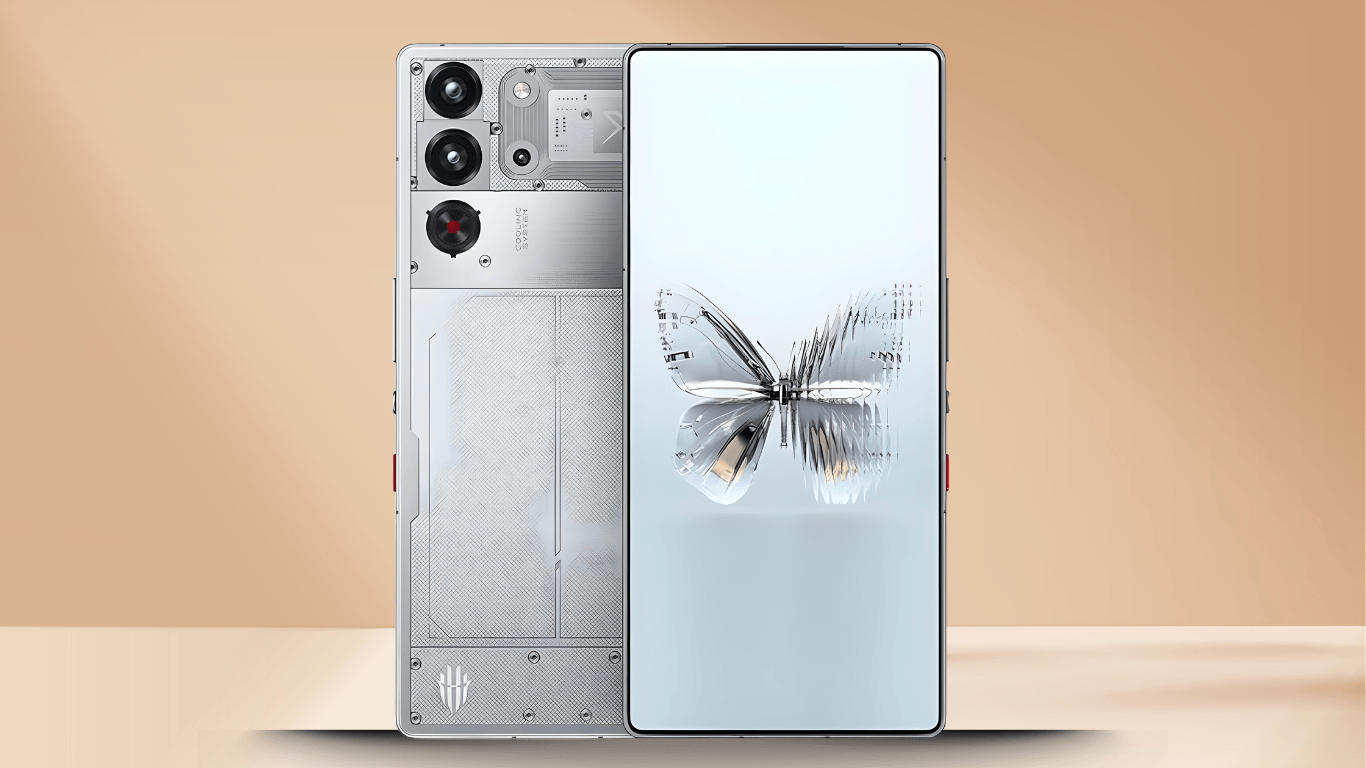
The RedMagic 10 Pro is built for gamers who want extreme battery backup, bold design, and uncompromised gaming performance.
Standout Features:
- Snapdragon 8 Elite paired with up to large RAM and huge battery (≈ 7050mAh in the global version) to allow long gaming sessions.
- 6.85-inch display with 144Hz refresh rate, strong display specs.
- 100W fast charging to reduce downtime.
- Gamer-centric features like shoulder triggers, enhanced cooling and sound system tuned for gaming.
✅ Pros
✔️ Excellent gaming performance with Snapdragon 8 Elite and active cooling system.
✔️ Huge 7,050mAh battery providing very long usage.
✔️ Fast charging up to 100W for quick refills.
✔️ 144Hz near edge-to-edge display for smooth visuals.
✔️ Gamer-centric features like shoulder triggers, RGB lighting, and dedicated game space.
❌ Cons
❌ Bulky and heavy, less comfortable for one-hand use.
❌ Average camera performance with weaker ultrawide and under-display selfie.
❌ No wireless charging or water resistance.
❌ Software has bloatware, heavy UI, and limited long-term updates.
🔹 iQOO 13
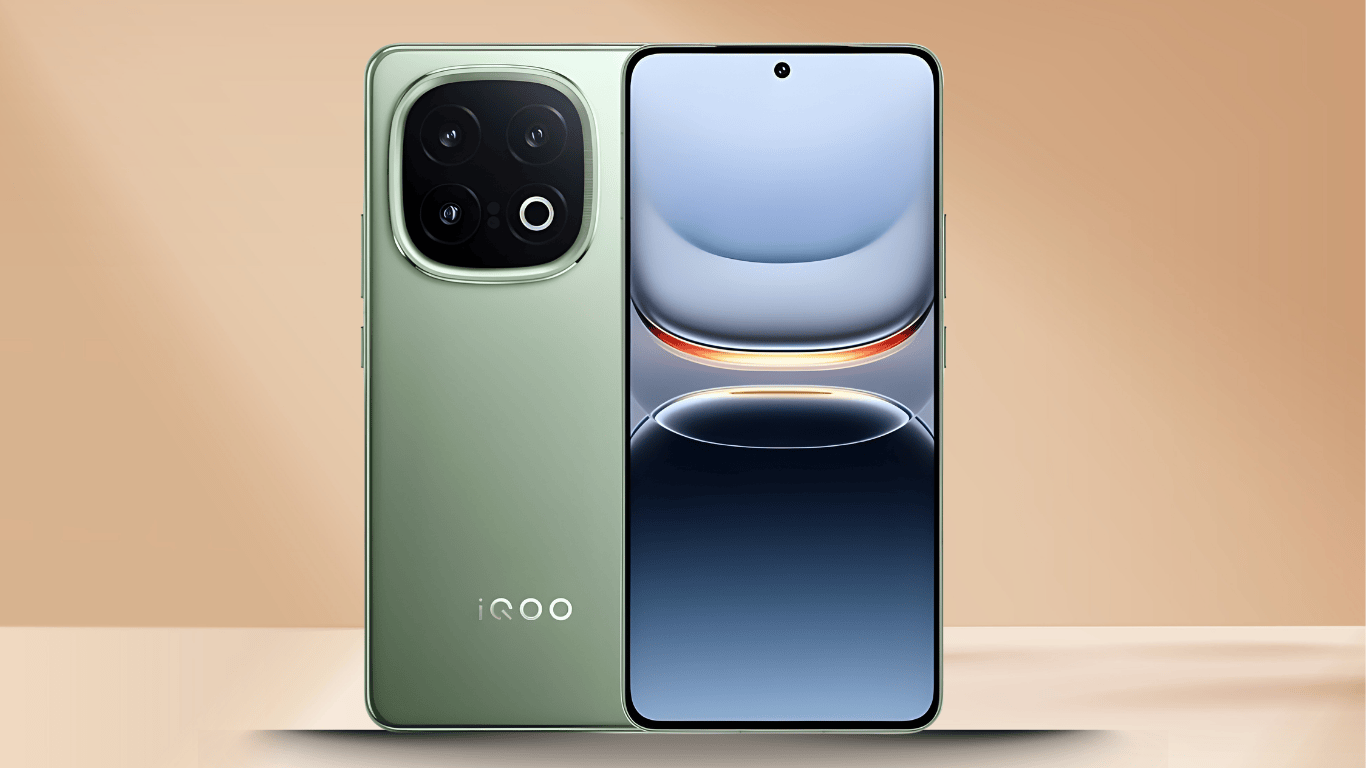
The iQOO 13 offers flagship-level performance, display quality, and cooling, often at a slightly lower price than the top names, making it a great pick for competitive mobile gamers.
Standout Features:
- 2K flat display (~6.82-inch) with 144Hz refresh rate, good brightness and adaptive refresh rate
- Excellent cooling systems including vapor chambers + graphene layers to keep heat under control during heavy gaming.
- Strong battery plus high charging speeds (fast wired charging) so you can get back to full power quickly.
✅ Pros
✔️ Top-tier performance with flagship chip (Snapdragon 8 Elite or equivalent)
✔️ Very fast wired charging (often 120W or more)
✔️ High-refresh-rate display (120Hz or 144Hz) with strong touch sampling rate — great for gaming
✔️ Competitive pricing compared to other flagship phones
✔️ Solid camera specs, especially in good lighting conditions
❌ Cons
❌ Battery life can suffer under heavy gaming / prolonged use
❌ Wireless charging often absent or slower compared to rivals
❌ Build/materials may feel less premium than some top-tier flagships
❌ Software updates aren’t always guaranteed long-term
❌ The thermal performance may degrade under sustained gaming sessions
Why It’s Worth Buying:
If you want a gaming phone that balances display fidelity, performance, cooling, and price, iQOO 13 is a strong option. It handles demanding games well and doesn’t let heat or lag ruin the experience.
📊 Comparison Table: Gaming Smartphones 2025
| Feature | ASUS ROG Phone 9 | RedMagic 10 Pro | iQOO 13 |
|---|---|---|---|
| Model | ASUS ROG Phone 9 | RedMagic 10 Pro | iQOO 13 |
| Display & Refresh Rate | 6.78-inch AMOLED, up to 185Hz, high touch sampling rate | 6.85-inch display, 144Hz refresh rate | ~6.82-inch flat 2K, 144Hz refresh |
| Performance Chip / RAM | Snapdragon 8 Elite, up to ~16GB+ RAM | Snapdragon 8 Elite, high RAM | Snapdragon 8 Gen 3 / similar, strong RAM |
| Battery & Charging | ~5800mAh, fast wired + wireless charging | ~7050mAh battery, very fast wired charging | Large battery, fast charging support |
| Cooling / Gaming Accessories | GameCool 9 thermal design, external cooler, shoulder triggers | Built-in triggers, gamer UI, cooling vents / systems | Vapor chamber cooling, graphene thermal layers |
| Price Tier / Value Highlight | Top-end gaming experience, premium price | Best battery + value among big gaming phones | Balanced gaming performance + display + price |
6. Best Camera Smartphones in 2025
The top camera phones of 2025 are all about blending hardware and intelligence—bigger sensors, better optics, improved low-light performance, and clever AI tools for video and photo editing. If photography or content creation is high on your list, these models are the ones to watch.
🔹 Huawei P70 Pro
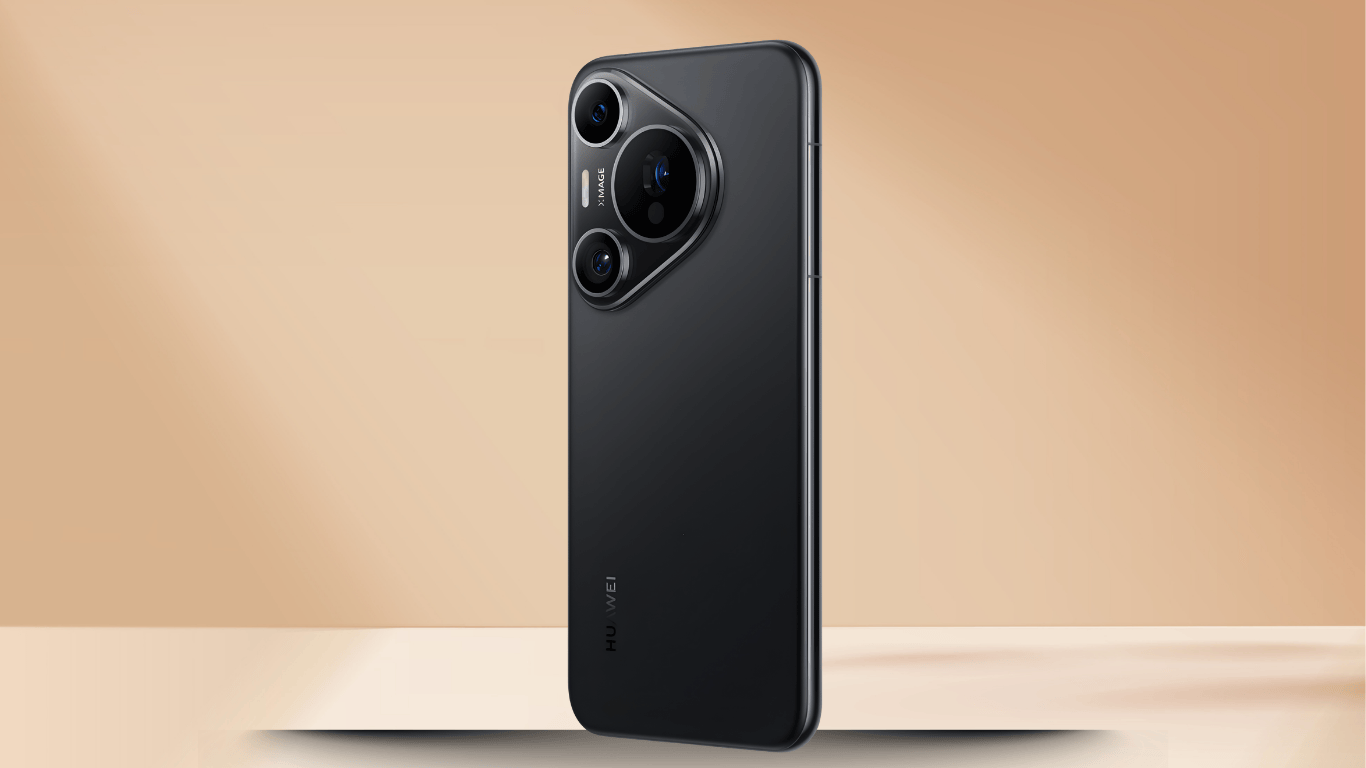
Huawei’s P-series has long been trusted by photographers, and the P70 Pro carries that legacy forward. With superior lens technology and strong image processing hardware, it aims to deliver premium camera quality and creative flexibility.
Standout Features:
- Large sensor lens setup with ultra-wide, periscope zoom, and strong optical image stabilization (OIS).
- Advanced AI photography tools for low-light, portrait, macro, and night modes (plus real-time processing).
- High resolution video – expect support for 4K/8K capture, plus creative video modes.
| ✅ Pros | ❌ Cons |
|---|---|
| ✔️ Stunning LTPO OLED display with adaptive 120Hz refresh rate and high brightness. | ❌ No Google Play Services / Google apps by default. |
| ✔️ Very strong camera setup — excellent main sensor, telephoto zoom, solid low-light performance. | ❌ Performance slightly behind Snapdragon flagships in heavy gaming/load scenarios. |
| ✔️ Fast wired and wireless charging support. | ❌ Bulky design and noticeable camera bump. |
| ✔️ Large battery for long usage. | ❌ Premium price compared to similarly specced rivals. |
| ✔️ Premium build with IP68 water & dust resistance. | ❌ Software ecosystem & app compatibility limitations due to restrictions. |
Why It’s Worth Buying:
If you want a phone that can rival dedicated cameras for stills and deliver excellent video, and where color fidelity, sharpness, and zoom performance really matter, the Huawei P70 Pro is built for serious creatives and photography enthusiasts.
🔹 Vivo X100 Pro+
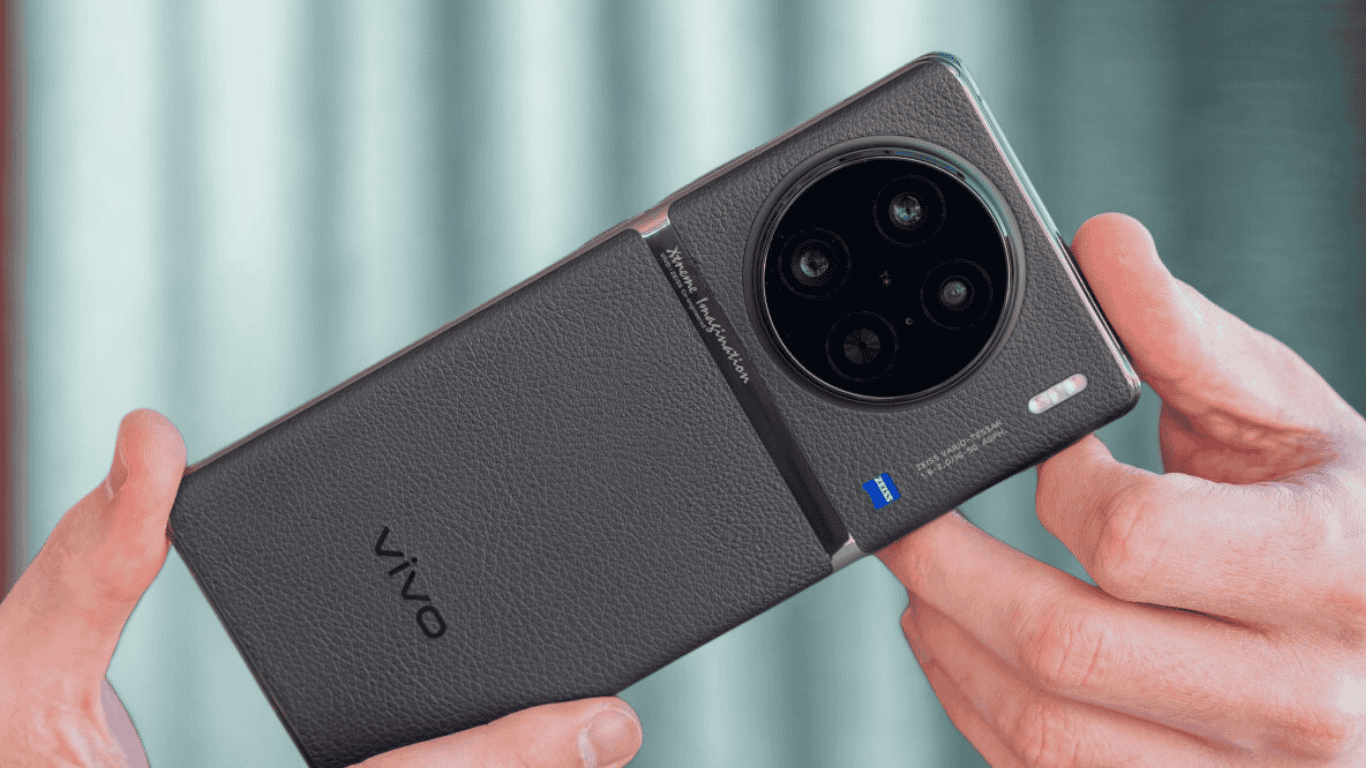
Vivo’s X100 Pro+ is built to impress. With Zeiss optics, a massive “200MP” sensor in certain configurations, and thoughtful camera software, it’s a powerhouse for imaging and creative video tools.
Standout Features:
- Quad rear cameras (50MP + 48MP + 200MP + 64MP) with Zeiss lens coatings and “T*” lens treated surfaces for better clarity.
- Strong video capabilities including 8K / 4K @ 30/60fps, gyro-EIS stabilization.
- Creative modes: pixel shift (for super detail), AI scene recognition, powerful editing tools built in.
| ✅ Pros | ❌ Cons |
|---|---|
| ✔️ Excellent camera setup with Zeiss optics and strong telephoto zoom. | ❌ Slippery design and large size make handling difficult. |
| ✔️ Vibrant LTPO AMOLED display with 120Hz refresh rate. | ❌ Front camera video quality weaker compared to rear system. |
| ✔️ Large battery with super-fast wired and wireless charging. | ❌ Software includes bloat and limited long-term update support. |
| ✔️ Premium build with water and dust resistance. | ❌ High price makes it less accessible. |
| ✔️ Strong performance with latest Snapdragon chipset and large RAM. |
Why It’s Worth Buying:
For users who want detail (especially for cropping or zooming), vivid image quality, and versatile video features, the X100 Pro+ is one of the best camera smartphones of 2025. Great for content creators who need both power and flexibility.
🔹 Google Pixel 9 Ultra

Google’s Pixel line has leaned heavily into computational photography and AI image/video enhancements. The Pixel 9 Ultra is expected to combine top-tier optics with major AI-video features, giving both photo purists and video creators a compelling package. (Based on Pixel 9 / 9 Pro lineup improvements + leaks).
Standout Features:
- Improved ultrawide lens (captures much more light) and macro focus closer than ever, plus upgraded HDR+, Super Res Zoom, Night Sight.
- AI video tools like Video Boost, Super Res Zoom for video (allowing quality zoom in videos), capabilities for extracting high resolution stills from video.
- Creative and editing tools: Magic Editor, Auto Frame, Reimagine (making edits via text), Add Me (for including the photographer in group shots), and improved panorama & low-light video modes.
| ✅ Pros | ❌ Cons |
|---|---|
| ✔️ Exceptional camera system with advanced AI photo and video processing. | ❌ Premium pricing compared to other flagships. |
| ✔️ Clean stock Android experience with exclusive Pixel features. | ❌ Charging speeds slower than most Android rivals. |
| ✔️ Long-term software support with fast updates directly from Google. | ❌ Limited storage options compared to competitors. |
| ✔️ Gorgeous LTPO OLED display with smooth refresh rate. | ❌ Performance may lag slightly behind Snapdragon-based gaming phones. |
| ✔️ Strong AI integration for daily usability and productivity. |
Why It’s Worth Buying:
If you want both hardware and intelligent software working together, the Pixel 9 Ultra is a top pick for those focusing on video content, social media, or just making sure that every photo looks its best with minimal tweaking.
📊 Comparison Table: Camera Smartphones 2025
| Feature | Huawei P70 Pro | Vivo X100 Pro+ | Google Pixel 9 Ultra |
|---|---|---|---|
| Model | Huawei P70 Pro | Vivo X100 Pro+ | Google Pixel 9 Ultra |
| Rear Camera Setup & Optics | High-quality multi-lens setup with periscope zoom + ultra-wide + wide, strong OIS | 200MP main sensor + Zeiss optics + multi-lens array | Wide + ultra-wide + telephoto; optimized sensors with advanced pipeline |
| Video Features & Creative Tools | 8K/4K video, advanced creative modes, strong post-processing tools | 8K video, gyro-EIS, pixel shift, advanced editing, strong video capture rates | AI tools like Super Res Zoom Video, Magic Editor, Add Me, Panorama/Night Sight Video |
| Low-Light / Zoom Performance | Excellent zoom range, solid low-light imaging, strong dynamic range | Outstanding resolution when zooming, strong low-light thanks to coatings + AI | Excellent low-light, fine zoom via computational methods, strong macro & detail |
| Why Pick It | For serious photographers and videographers needing zoom, detail, and premium optics | For those who want maximum detail, high-resolution images, and flexible video tools | For users wanting both hardware and top-notch computational photography |
7. Budget-Friendly Picks for 2025
These smartphones are ideal for everyday users who don’t need top-tier specs but want solid performance, decent cameras, good battery life—all at lower prices.
🔹 Poco F6 Pro
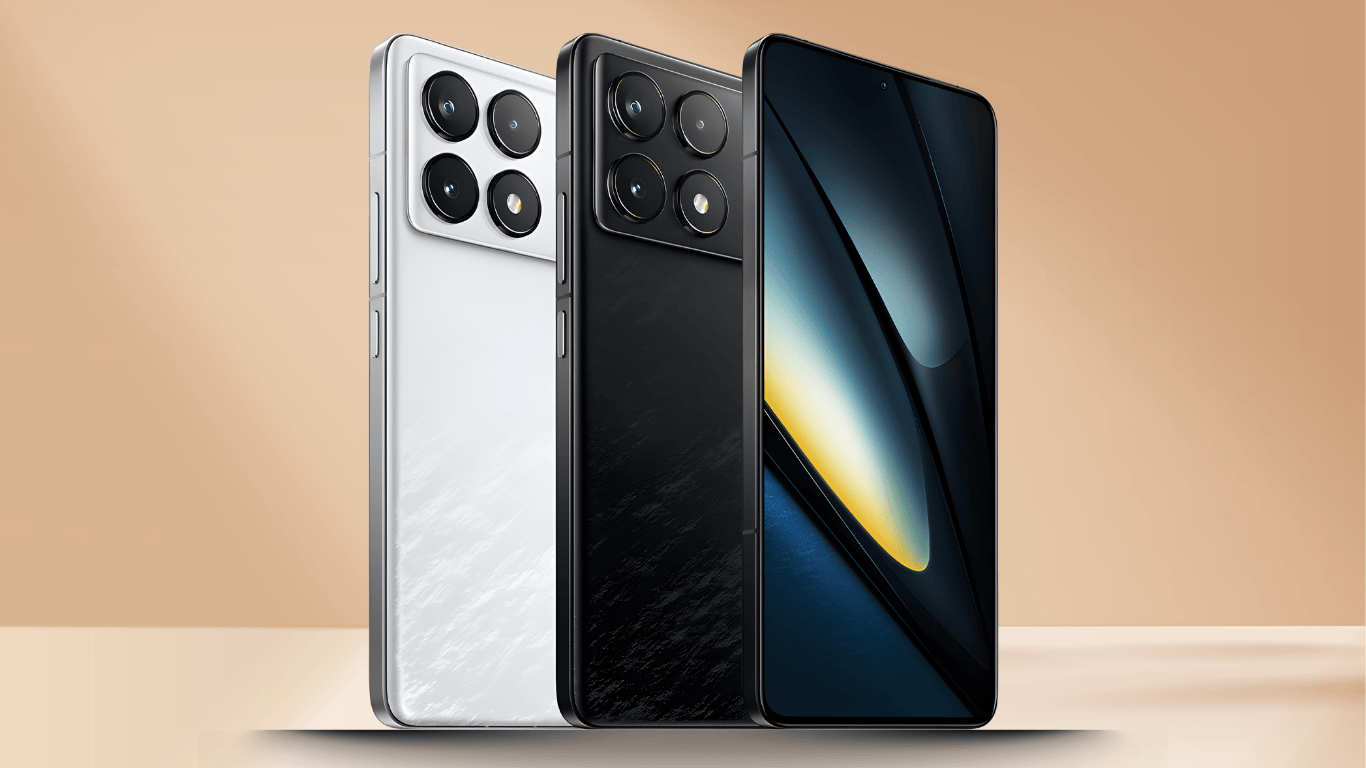
The Poco F6 Pro delivers many high-end features from premium phones (like sharp displays, flagship chipsets) at a much more affordable segment, making it a strong value pick for 2024/2025.
Standout Features:
- 6.67-inch WQHD+ AMOLED display, 120Hz refresh, very high peak brightness.
- Snapdragon 8 Gen 2 chip + 12-16 GB RAM and storage up to 1 TB for smooth multitasking and gaming.
- Triple rear camera: 50MP main (wide) + ultrawide + macro, good optics with OIS.
- 5000 mAh battery with ultra-fast 120W wired charging.
| ✅ Pros | ❌ Cons |
|---|---|
| ✔️ Flagship-level performance at a more affordable price. | ❌ Build quality and materials less premium than high-end rivals. |
| ✔️ Smooth AMOLED display with high refresh rate (120Hz or more). | ❌ Camera system good but not class-leading compared to flagships. |
| ✔️ Large battery with very fast wired charging support. | ❌ No wireless charging support. |
| ✔️ MIUI/HyperOS optimizations with gaming features for better performance. | ❌ Software update policy not as long-term as Samsung or Google. |
| ✔️ Great value for money for gamers and power users. |
Why It’s Worth Buying:
This phone is perfect for users who want near‐flagship performance and display quality but can compromise on premium materials or ultra-base specs to keep the cost down. Great for gaming, video, social media, and general use without the price tag of premium flagships.
🔹 iPhone SE (2025) / iPhone 16e (Rumored / Confirmed)
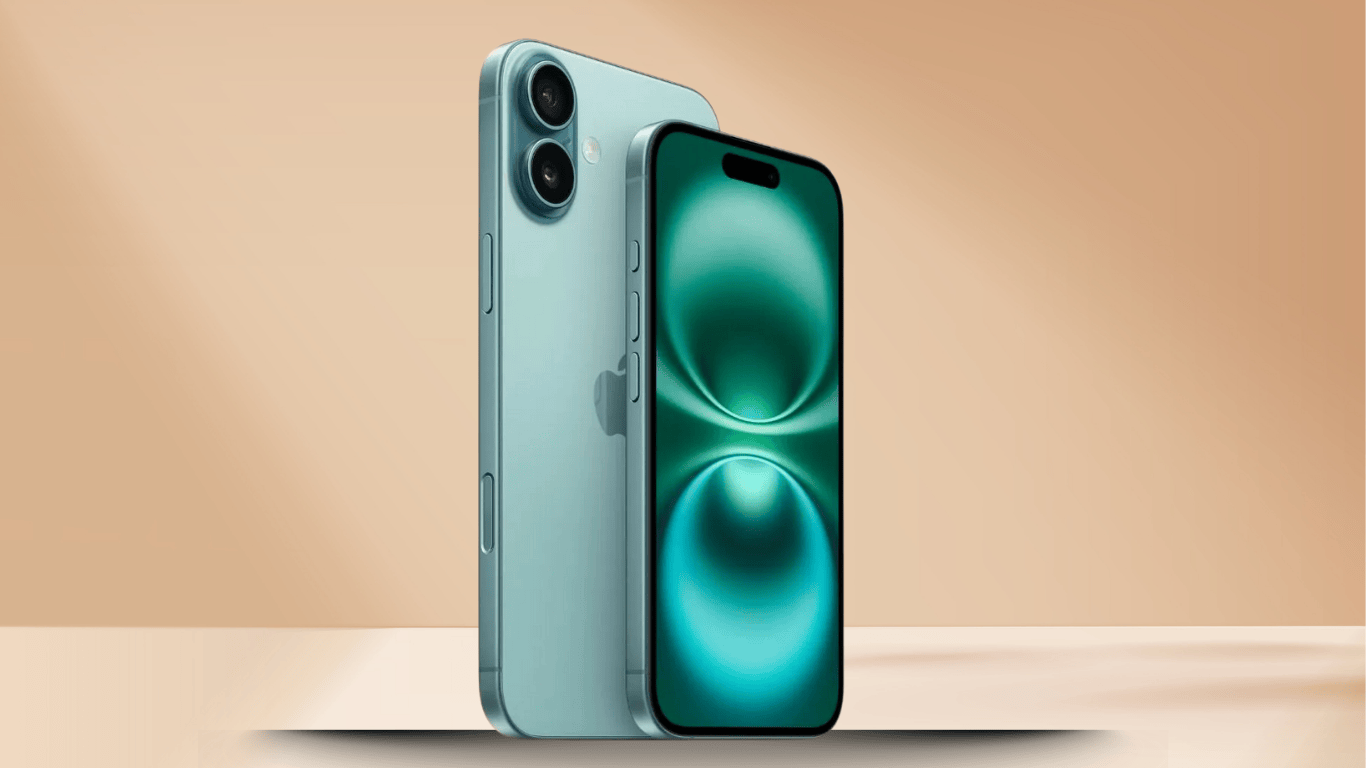
Apple’s more affordable model, often referred to as iPhone SE or rebranded as iPhone 16e, aims to bring some of Apple’s newer features into a lower-cost option. It’s for those who want iOS, ecosystem benefits, and reliability without the flagship price.
Standout Features (Rumored / Partially Confirmed):
- Upgraded display: likely a 6.1-inch OLED screen, improved over older SE’s LCD.
- Better camera: rumored 48MP rear camera, improved low-light performance and image quality.
- Modern build and design: minimal bezels, possibly USB-C port, updated chip (A18 or similar) for better performance.
- More RAM than older SE models, better battery life.
| ✅ Pros | ❌ Cons |
|---|---|
| Compact and lightweight design – easy one-hand use | Outdated design compared to modern flagships |
| Expected to feature Apple’s latest A-series chip for strong performance | Likely limited to a single rear camera setup |
| Affordable entry into the Apple ecosystem | Battery capacity may still be modest |
| Runs iOS with long-term software support | No ProMotion (high refresh rate) display expected |
| 5G support and modern connectivity options | May retain LCD instead of OLED display |
Why It’s Worth Buying:
If you prefer the simplicity, security, and smooth experience of iOS, this is the go-to budget Apple option in 2025. Ideal for users who don’t need foldables, super high refresh rates, or extreme gaming—but want long software updates, good camera, and compact form factor.
📊 Comparison Table: Budget-Friendly Phones
| Model | Display & Refresh Rate | Chipset / RAM / Storage | Camera System | Battery & Charging | Expected Price | ✅ Pros | ❌ Cons |
|---|---|---|---|---|---|---|---|
| Poco F6 Pro | 6.67-inch AMOLED, 120Hz | Snapdragon 8 Gen 2, 12–16 GB RAM, up to 1 TB storage | 50MP wide + ultrawide + macro (with OIS) | 5000 mAh, 120W wired fast charging | Mid-premium “value” bracket (affordable compared to flagships) | Flagship-level chip, excellent display, super-fast charging | No wireless charging, heavy phone (~209g) |
| iPhone SE (2025) / iPhone 16e | ~6.1-inch OLED (rumored), modest refresh rate | A-series chip (A18 or similar), more RAM than SE 3 | ~48MP rear camera, likely improved sensors and optics | Improved battery vs. previous SE; typical Apple mid-tier charging speed | Expected lower than full flagship pricing; affordable Apple entry | Powerful A-series chip, compact size, better battery, affordable Apple device | Likely single camera setup, no ProMotion, may lack OLED in cheaper versions |
8. Future Trends in Smartphones Beyond 2025
Here are some of the biggest trends shaping what smartphones will become in the coming years — not just incremental upgrades, but shifts that could change how we use them every day.
1. AI-Driven Personalization
- Phones will get smarter about you. Expect on-device AI that learns your habits, routines, preferences — adapting UI, recommending apps, optimizing battery, even adjusting camera settings automatically.
- Generative AI models may run locally (or partially on-device) so you can do things like real-time translation, voice assistants that predict what you need, content creation tools without being always connected.
- Personalization will also extend to UX (user experience) and accessibility — interfaces changing based on usage patterns, simpler modes for seniors, optimized battery/performance profiles for different use cases.
2. More Eco-Friendly Devices
- Sustainability will no longer be just a “nice to have”. Recycled materials (metals, plastics), minimal packaging, reduced use of rare/unnecessary materials are becoming standard.
- Longer device lifespans: better software update policies (5-8 years), repairability, modular components so users don’t need a full replacement.
- Energy-efficient hardware: chips that consume less power, displays that adjust refresh rate dynamically (dropping when static), and possibly more advances in battery tech (solid state, graphene, etc.) to reduce environmental impact.
3. Satellite Connectivity Becoming Mainstream
- More phones will bundle satellite connectivity (not just emergency texting but two-way messaging, maybe even limited data) so you can stay connected in remote or no-signal zones.
- This is being supported by regulatory and hardware improvements via NTN (Non-Terrestrial Networks), LEO constellations, and partnerships between OEMs and satellite providers.
- Antennas, power consumption, and cost remain challenges — but as tech improves, satellite-enabled phones are likely to move from niche/emergency use into standard features for many devices.
4. Ultra-Fast Charging (100W+)
- Charging speeds will keep pushing boundaries. Many manufacturers are already offering or working on >100W wired charging. Some reports predict 150W+ or even higher becoming more common.
- Alongside speed, safety and battery longevity will improve: better thermal management, smarter charging algorithms that reduce wear, and possibly more wireless fast-charging enhancements.

